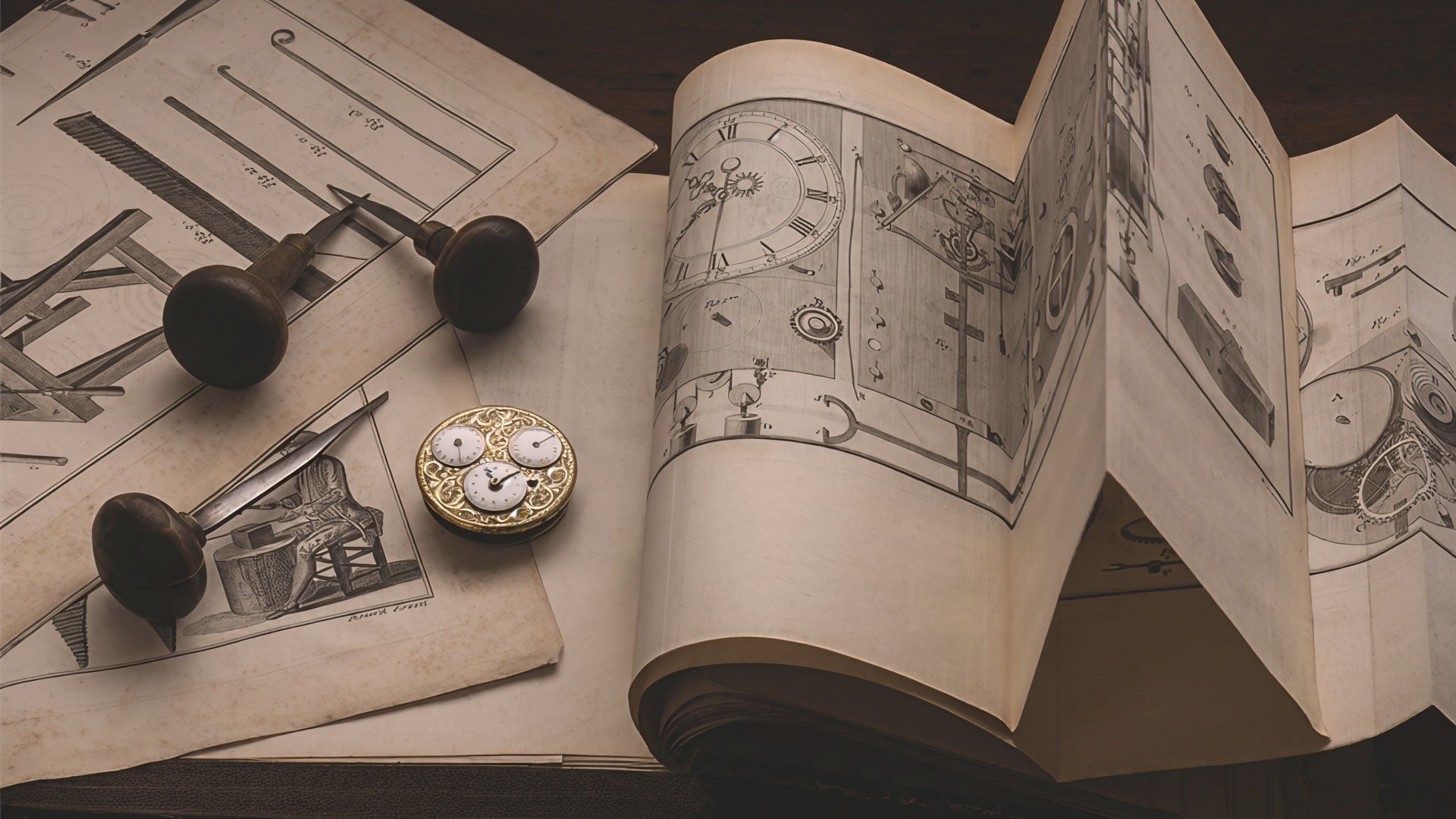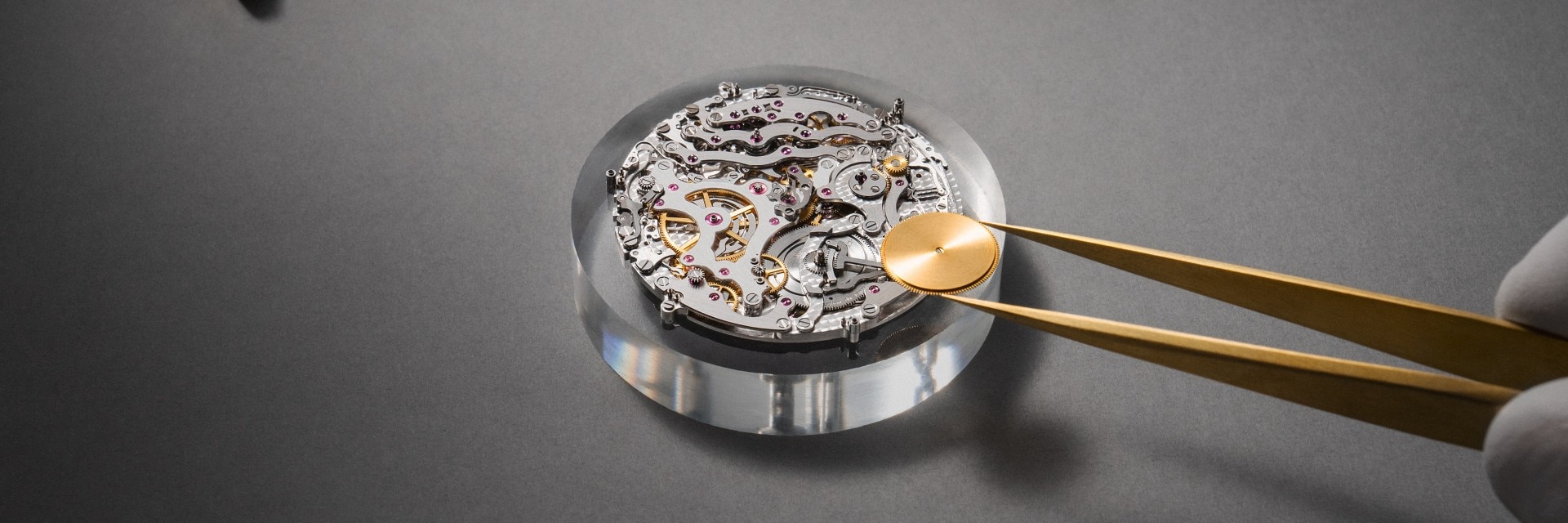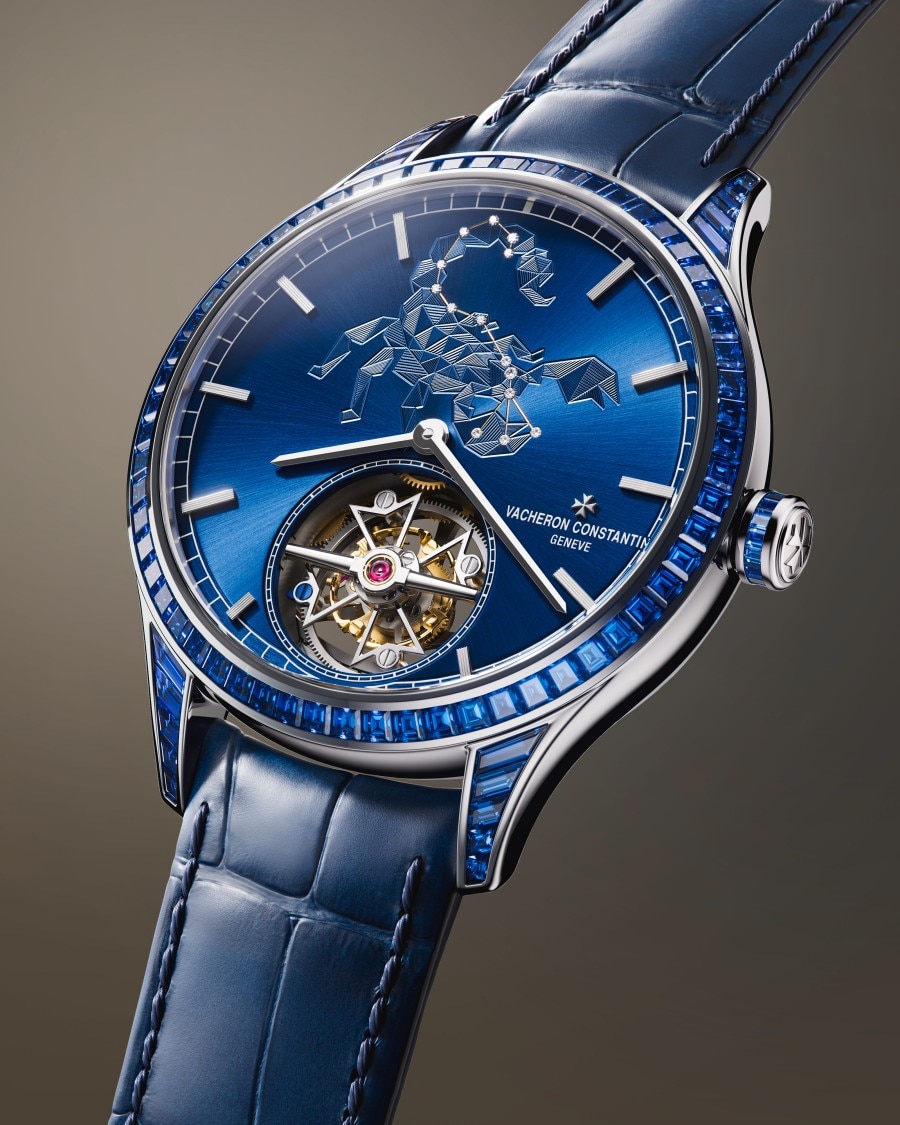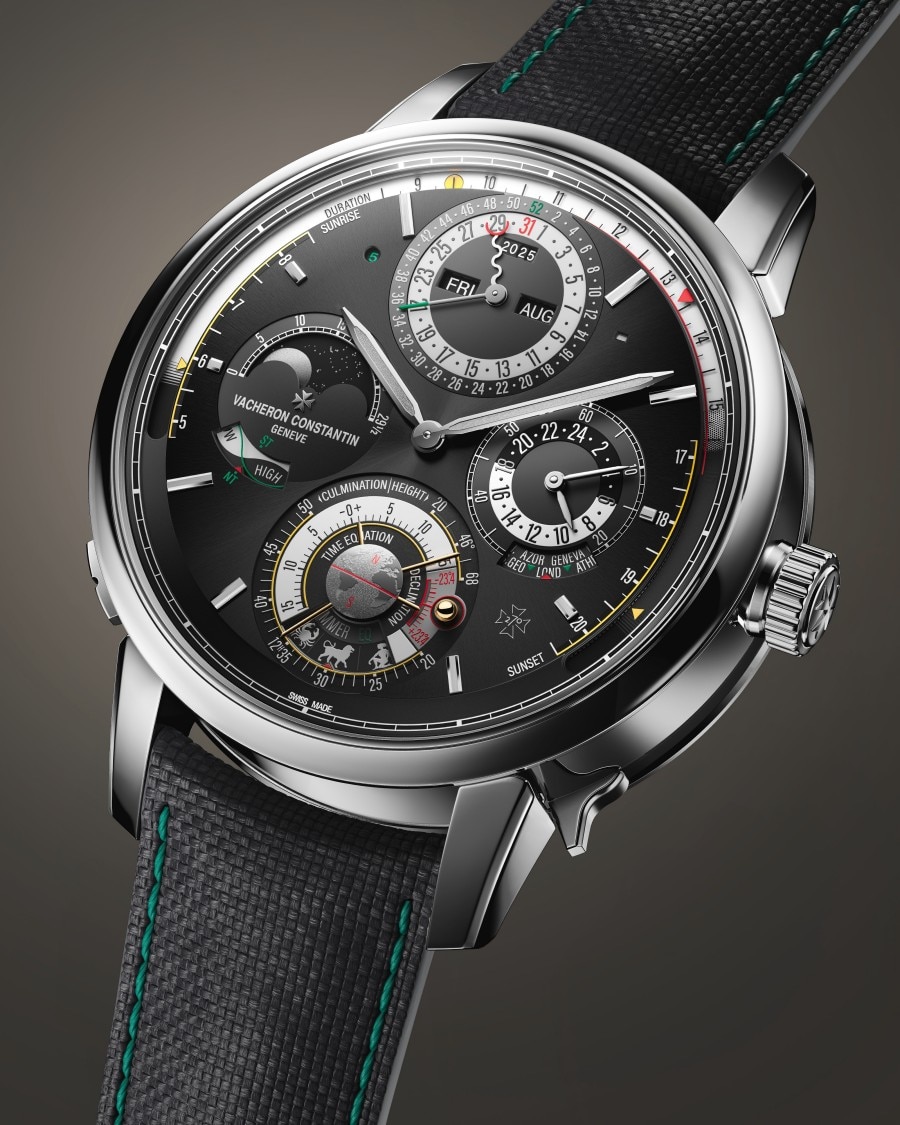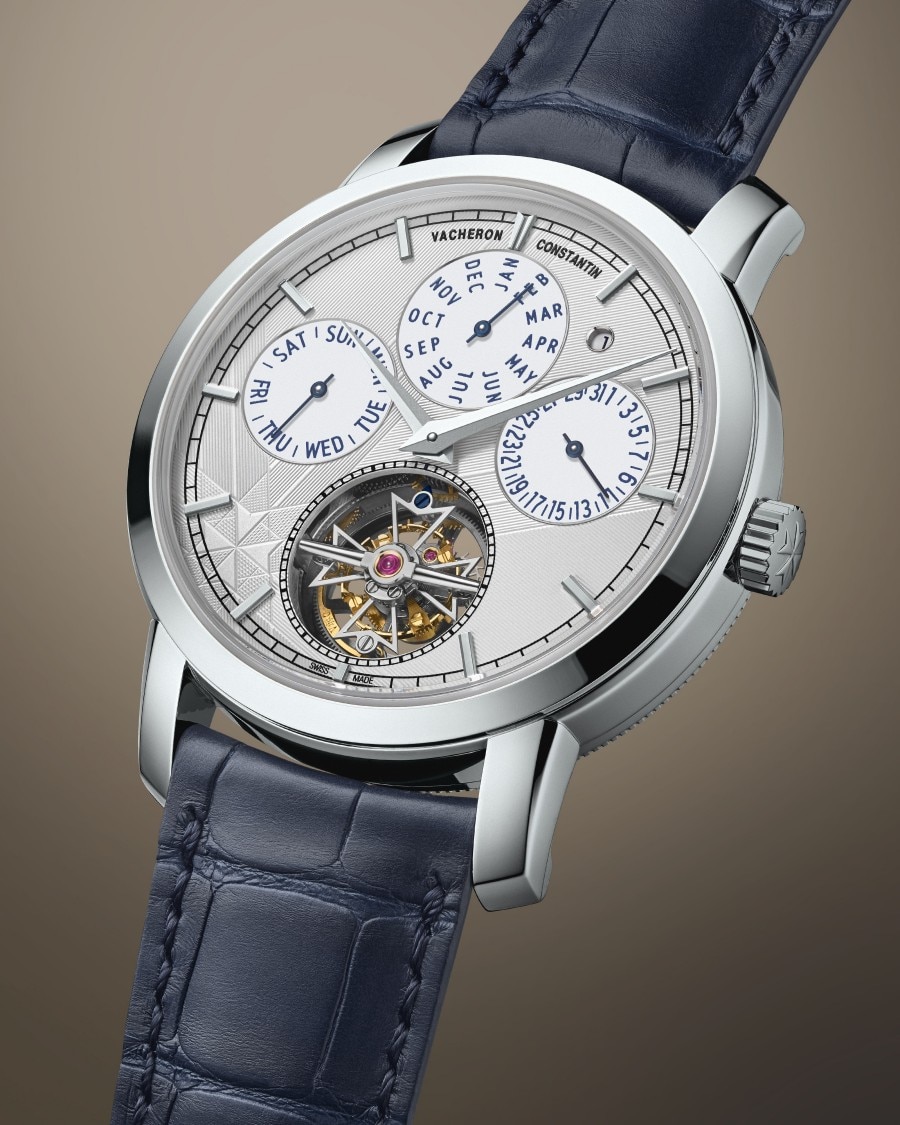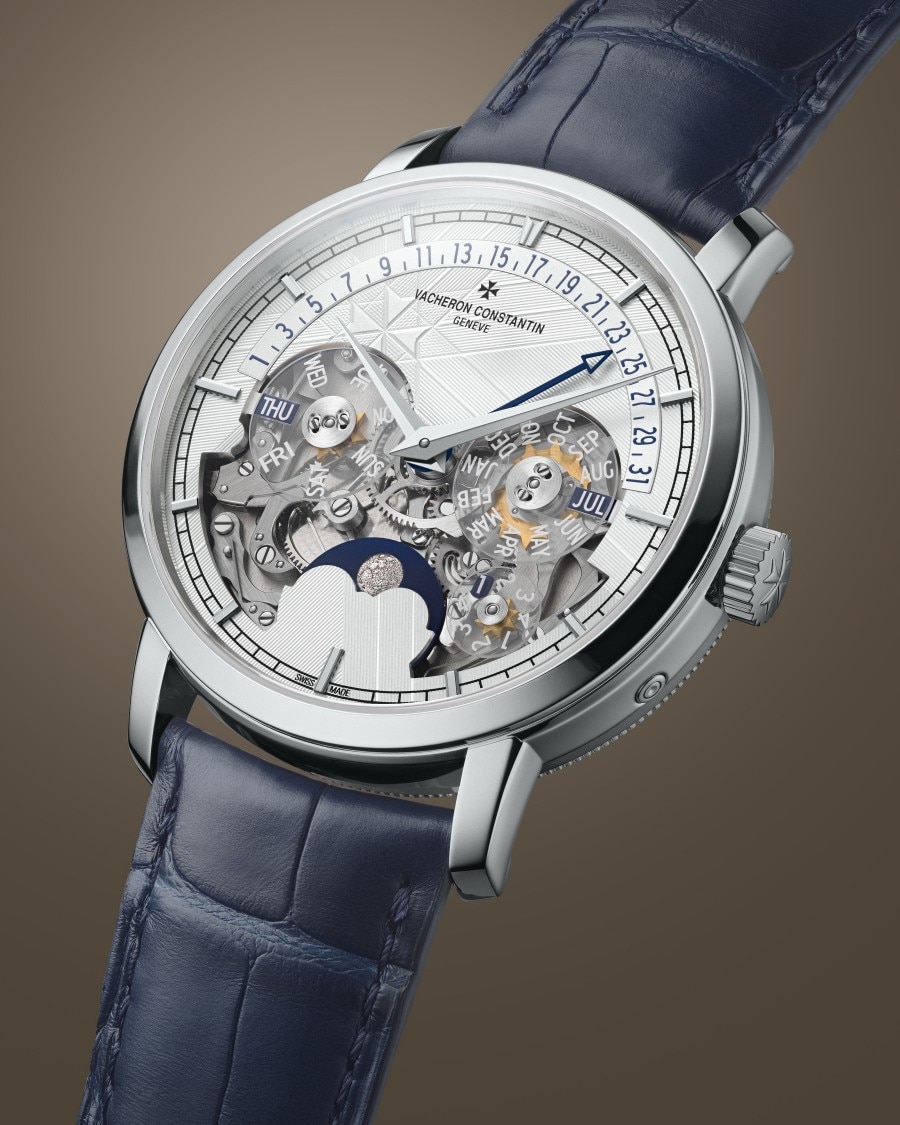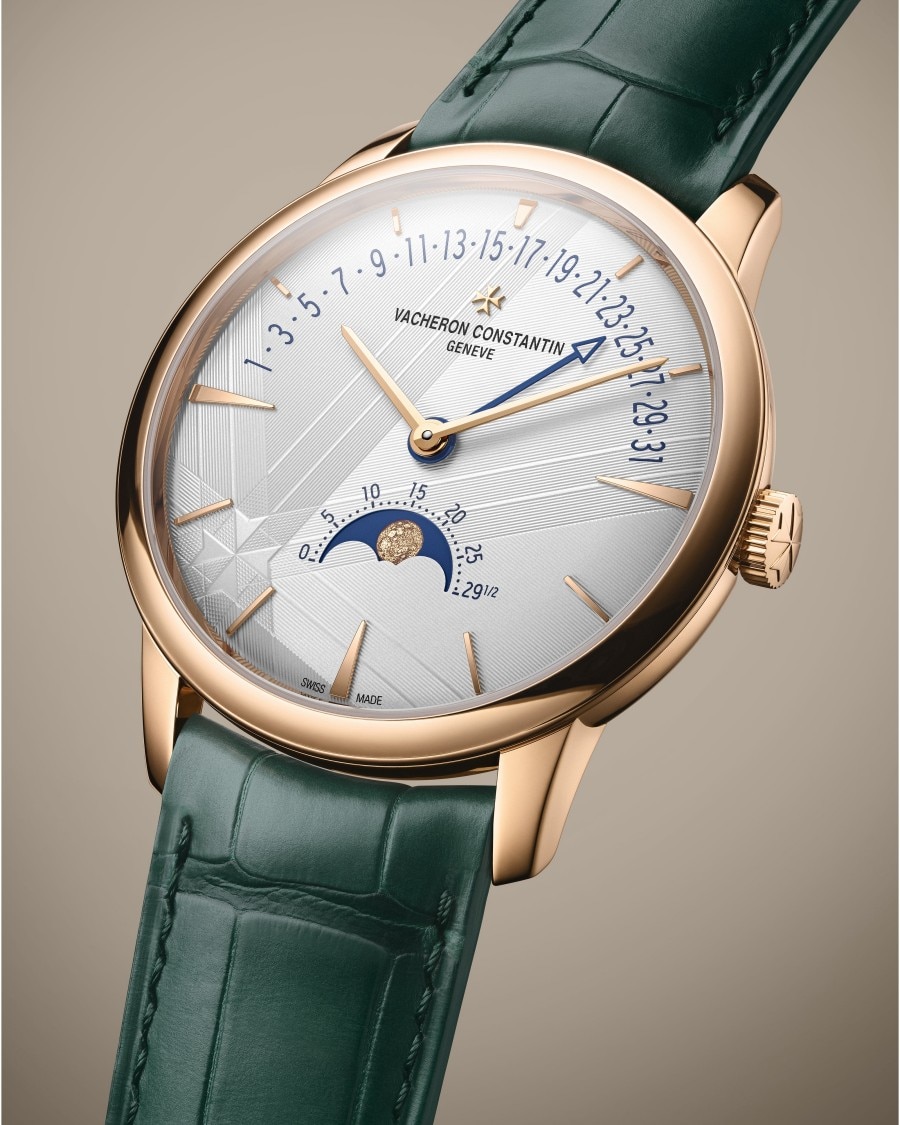The pursuit of watchmaking excellence has been a journey for Vacheron Constantin since 1755. Immerse yourself in the Maison's history and discover countless stories and pivotal moments that shape an enduring legacy.
Historical milestones
Daring and determined visionaries: these men created the foundations of a history uninterrupted to this day. Their legacy is at the heart of Vacheron Constantin's approach and their personalities can still be felt today – in the quest for excellence, a spirit of innovation, and the beat of each movement that issues from the Manufacture.
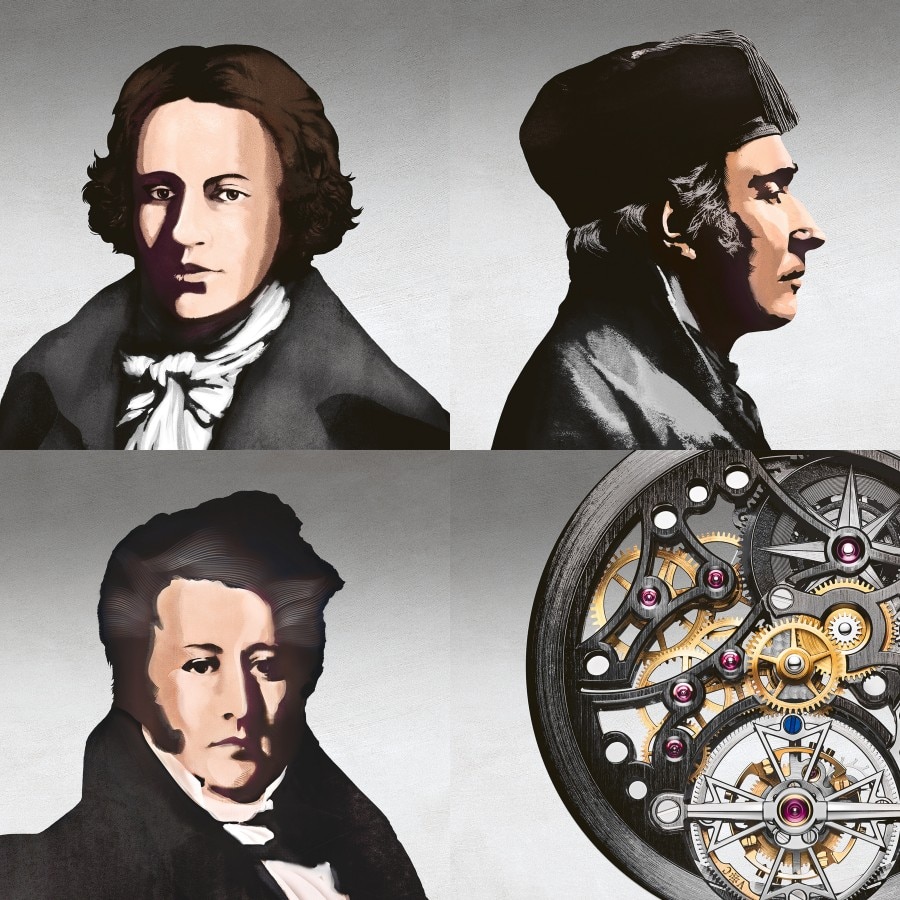

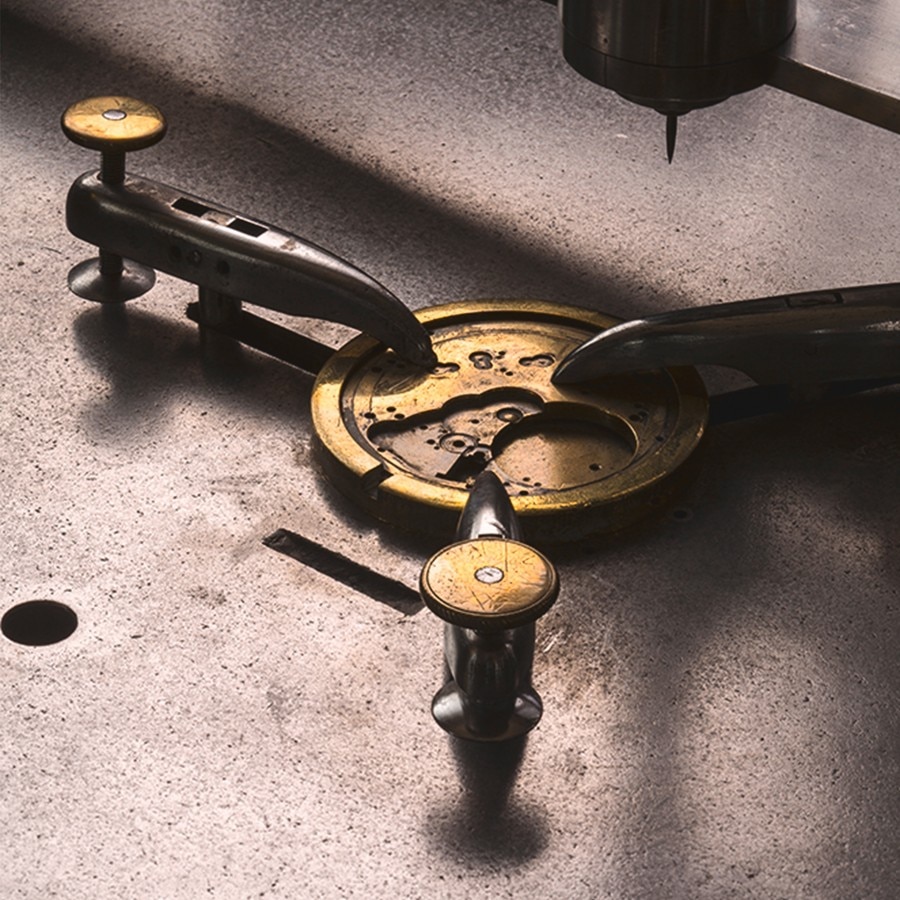
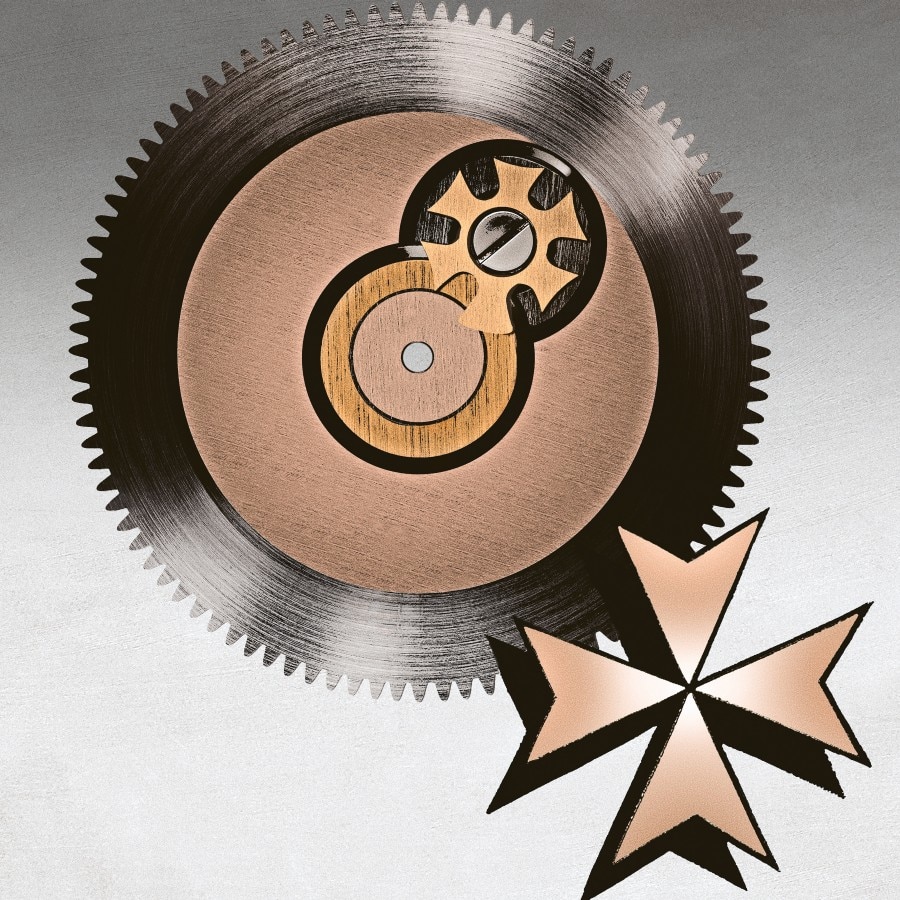
The craftsmen of excellence

In 1755, 24-year-old master watchmaker Jean-Marc Vacheron signs on the first apprentice to his workshop, making clear his intention to hand down his skills. This contract can therefore be regarded as the Maison's birth certificate, making Vacheron Constantin the oldest watch manufacturer in continuous operation since its founding.
In April 1819, a partnership between the master watchmaker and founder's grandson, Jacques Barthélémi Vacheron (1787-1864), and the experienced businessman, François Constantin (1788-1854), rechristens the Maison Vacheron Constantin.

The two men share an interest in sophisticated and complicated watches. François Constantin brings a keen eye for business, opening a number of new markets over his three decades of travelling for the Maison. On 5 July 1819, François Constantin writes from Turin to his partner, Jacques Barthélémi Vacheron. This missive contains the phrase that will become the Maison's motto:
"Do better if possible and that is always possible."

Vacheron Constantin hires a horological engineering genius, Georges Auguste Leschot, charged with developing machining tools dedicated to the improving production quality. Among his many inventions, he adapted the pantograph to watchmaking in 1839, enabling the standardised manufacture and scaling of movement parts and components. This made it possible to ensure uniform quality in series production as well as the exchangeability of parts. In 1844, he was awarded the prestigious Prix de la Rive by the Arts Society, for
"the discovery of the most value to the Genevese industry."

In 1880 the Maltese cross officially becomes the emblem of the Maison. This choice was inspired by the design of a movement component mounted on the barrel cover to ensure the most constant possible unspooling of the spring and thereby more accurate timekeeping. Vacheron Constantin's Maltese cross symbolis registered with the Swiss institute of intellectual property in Bern.
Iconic locations
1906 - Our first boutique in Downtown Geneva

In the early 20th century, Vacheron Constantin receives orders for timepieces from the likes of Queen Marie of Romania, the brothers Henry and William James as well as Prince Victor Napoleon, grandson of Jérôme Bonaparte.
On 1 August 1906, Vacheron Constantin inaugurates its first boutique in Downtown Geneva, in order to provide suitable surroundings for displaying its luxury watches.
2004 - Vacheron Constantin takes possession of its new Manufacture in Plan-les-Ouates.

Designed by renowned architect Bernard Tschumi, the contemporary building shaped like a half Maltese cross brings the management, administration and workshops together under a single roof.
Less than 10 years later, in October 2013, the Maison inaugurated a new production facility in Le Brassus, at the heart of the Vallée de Joux.
Exceptional movements
and calibres
For over two centuries, Vacheron Constantin has explored all aspects of watchmaking, from tourbillon regulators to astronomical displays, from chiming watches to chronographs. The Maison's expertise also extends to crafting ultra-thin calibres and the art of skeletonising movements with openwork.
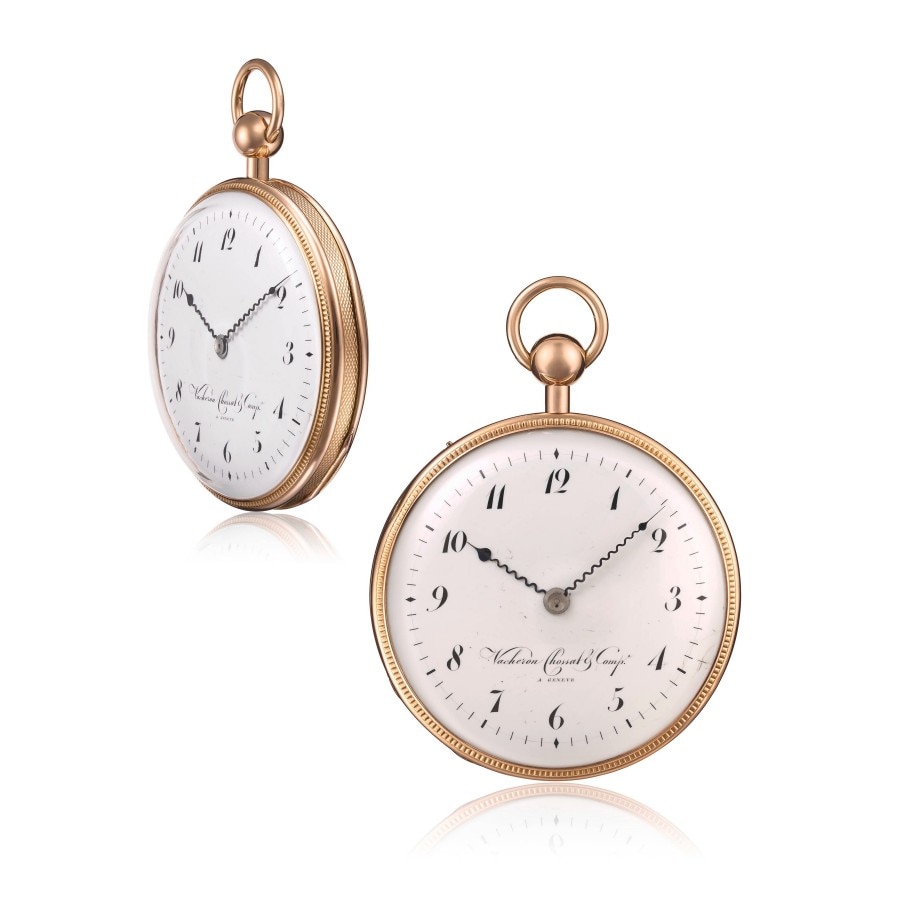


Precise time measurement

Watches for accurately measuring intervals, initially used in astronomical observations, gain popularity in the 19th century thanks to aviation, military contexts and sports competitions. Starting in 1819 with its exploration of the deadbeat seconds mechanism, and followed by its first chronograph, listed in 1874, Vacheron Constantin actively participated in developments with releases such as the Cornes de Vache chronograph in 1955. More recently, the 2015 Overseas chronograph featured an in-house movement bearing the Geneva Seal.
The chronograph remains one of Vacheron Constantin's most popular mechanical complications.

During the 19th century, the rise of chronometry competitions in many European countries encouraged watchmakers to improve their performance to vie for prestigious prizes. Vacheron Constantin entered the chronometry competitions of the Geneva Observatory early on, achieving distinctions that inaugurated a century of records.
In 1907, the Manufacture unveils the Chronomètre Royal. This spectacular piece offered a level of precision and reliability that made it an international success.

In 1932, Vacheron Constantin collaborates with Louis Cottier to create the first "Cottier system" World Time watch. This new complication, patented in 1931, perfectly addresses the evolving landscape of communication and transport. Released as Ref. 3372, this model's unique mechanical movement shows 24 time zones using a disc rotating around the central dial, with an external bezel bearing the names of 31 major world cities.
Constant innovation and technical challenges
1943 - Ultra-Thin Minute
Repeater 4261
Reference 4261 represents an important milestone for the Maison's chiming watches. With this creation from the early 1940s, Vacheron Constantin does more than rise to the technical challenge of a minute repeater.
Here, the Maison went above and beyond, creating a record-setting ultra-thin calibre just 3.2 mm thick.
Housed in a case 5.25 mm thick and 36 mm in diameter, this creation is one of the Maison's legendary models, and a rarity.


1955 - Ultra-Thin Calibre 1003
On the occasion of its bicentenary, Vacheron Constantin reaffirms its vocation for creating elegant watches and unveiled the thinnest wristwatch made of 117 components and equipped with the legendary 9'"' Calibre 1003, 1.64 mm thick and still one of the world's thinnest mechanical hand-wound movements to this day.
In 2015, the Calibre 1003 was revisited and re-issued in gold.
1994 - Skeletonised mechanisms

Skeletonisation is regarded by connoisseurs as a watchmaking complication. This technique, which entails using openwork to hollow out the components of a mechanical movement without compromising their reliability, is an extremely complex undertaking that requires highly sophisticated skills mastered only by a very few watchmaking artisans. Vacheron Constantin is one of the rare Manufactures today capable of creating openwork calibres as complex as perpetual calendars and ultra-thin movements.
Technicity serving design
1996 - Special displays
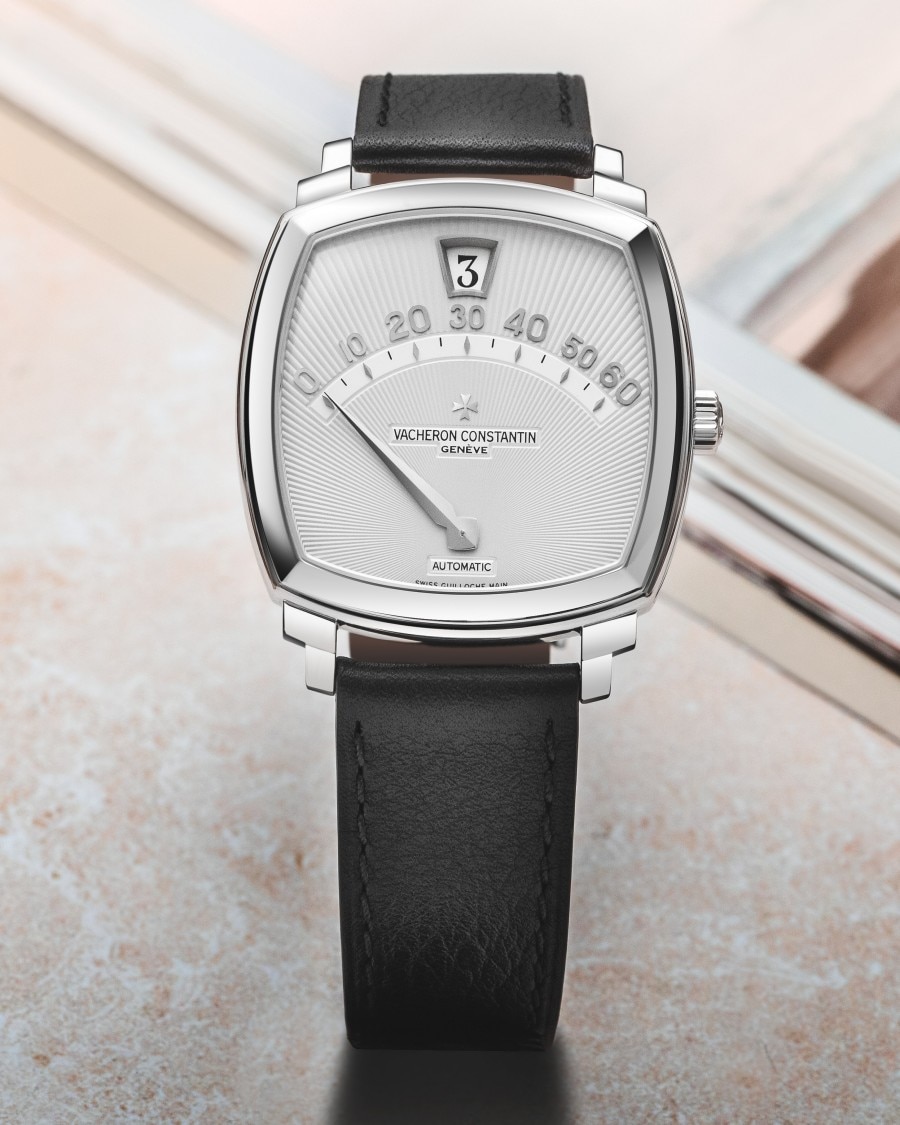
Jumping hour watches, which appeared in 1824, were initially designed to facilitate legibility. Now, this time-display complication is often paired with retrograde minutes, in which the minute hand sweeps in an arc from zero to sixty before returning to its starting point and resuming its interminable tally.
The 'Saltarello' model launched in 1996 is a striking example of this approach, showcasing a combination of functions that has become a fixture in Vacheron Constantin's technical universe.
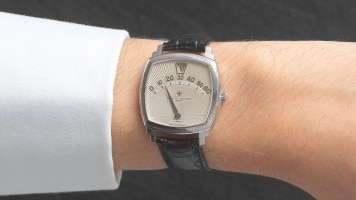
2005 - Artistic expression unfettered

The Calibre 2460 G4, created in 2005 and used ever since, features four discs that respectively indicate hours, minutes, days and dates. Symmetrically positioned around the periphery of the dial, the apertures for reading time and calendar information leave a vast field of expression for the artisan as the miniature masterpieces need not accommodate hands or numerals. This is why the movement is often chosen for timepieces in the Métiers d'Art Collection.

Exceptional timepieces
Vacheron Constantin's legacy is built on exceptional timepieces, each a unique blend of artistry and horological innovation, shaping the Maison's legendary heritage since 1755.
1755 - The first known pocket watch made by Jean-Marc Vacheron
The pride of Vacheron Constantin's heritage, this silver watch signed J. M: Vacheron A GENEVE on the movement is the only known timepiece that identifies the Maison's founder by his first name.
Fitted with a verge escapement, it features finely crafted gold hands. Representing the most visible part of the movement, the balance-cock also demonstrates high-grade workmanship in delicate arabesques. This two-fold technical and aesthetic standard will gradually forge the identity of the Maison.

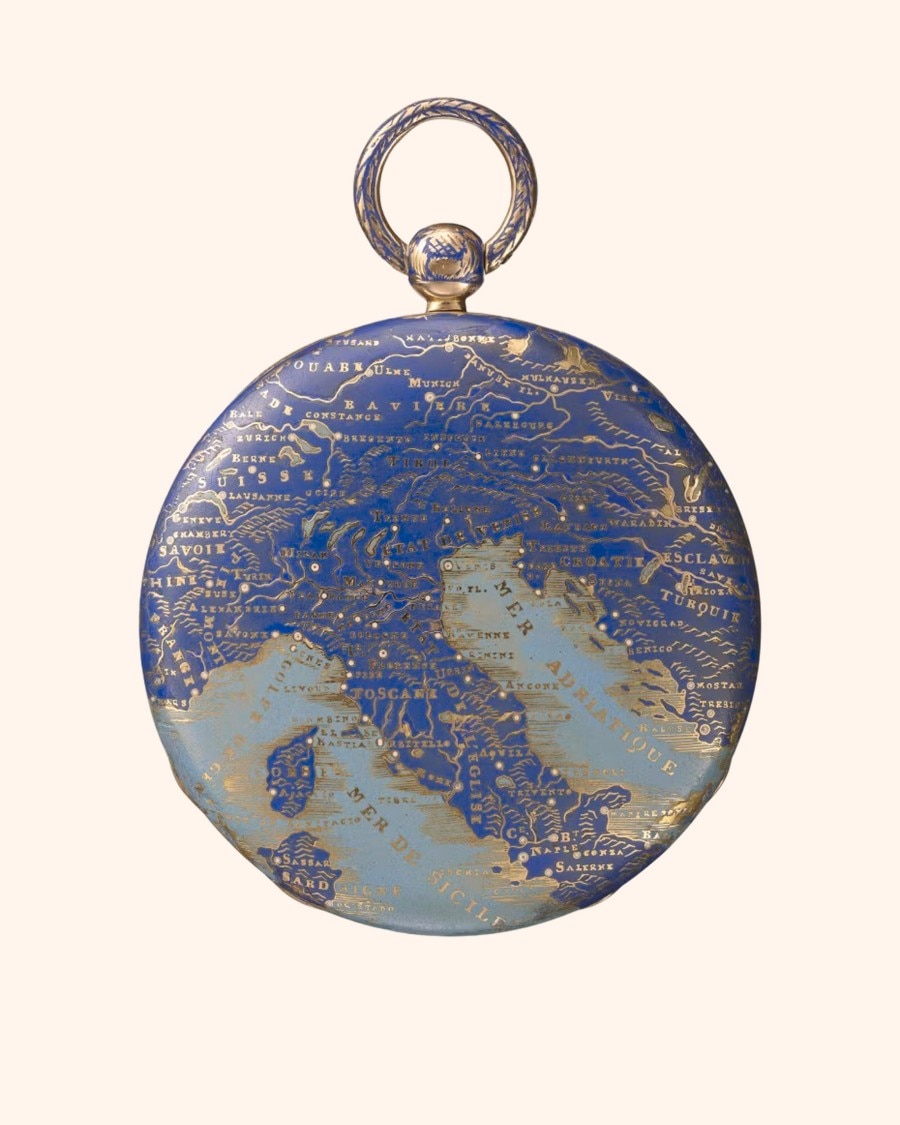
1824 - A never-ending quest for artistic excellence
The Vacheron Constantin legacy illustrates how the Manufacture has continuously combined technical and aesthetic creativity. Ever inspired by the world, the Maison has always shown profound attachment to the arts and to culture through collaborations and partnerships.
Epitomising La Belle Haute Horlogerie, the Manufacture crafts timepieces that exemplify both innovation and artistry. Their passion and expertise endow our expert watchmakers and master craftsmen with the gift of creating emotion, telling stories and sharing artistic vision.
1889 - One of the first
ladies’ wristwatches

While women became interested in watchmaking early, it was often to adorn their apparel with timepieces designed as jewellery. This ladies' watch from 1889 is among the first serially produced wristwatches. Its advent caused quite a stir, although the pocket watch would reign uncontested until the early 20th century.
The Maison has always given pride of place to feminine creations as a field of expression, constantly meeting the challenge of fusing timeless style with fashion trends to accompany women's evolving roles.
1918 - Prowess of technicity

Vacheron Constantin hold the title of oldest watch manufacturer with an uninterrupted watchmaking history, built on 270 years of expertise. Behind a simplicity of use, the Maison’s timepieces conceal exceptionally complex mechanisms. The complications and features are many: chiming watches, tourbillons, special displays, astronomical complications...
The Manufacture built its reputation blending timeless tradition with cutting-edge innovation and combining masterful watchmaking with exquisite design to transform each timepiece into a masterpiece.
1979 - Kallista, a dazzling
tour de force
Carved from a one-kilo gold ingot and set with 118 diamonds totalling some 130 carats, the "Kallista" model (Greek for "most magnificent") stands out as one of the most dazzling horological creations ever. It took five years to assemble the matched emerald-cut diamonds, and more than 6,000 hours of work to complete the masterpiece.
One year later, the Maison launched its iconic "Kalla," which inspired the 2024 "Grand Lady Kalla".
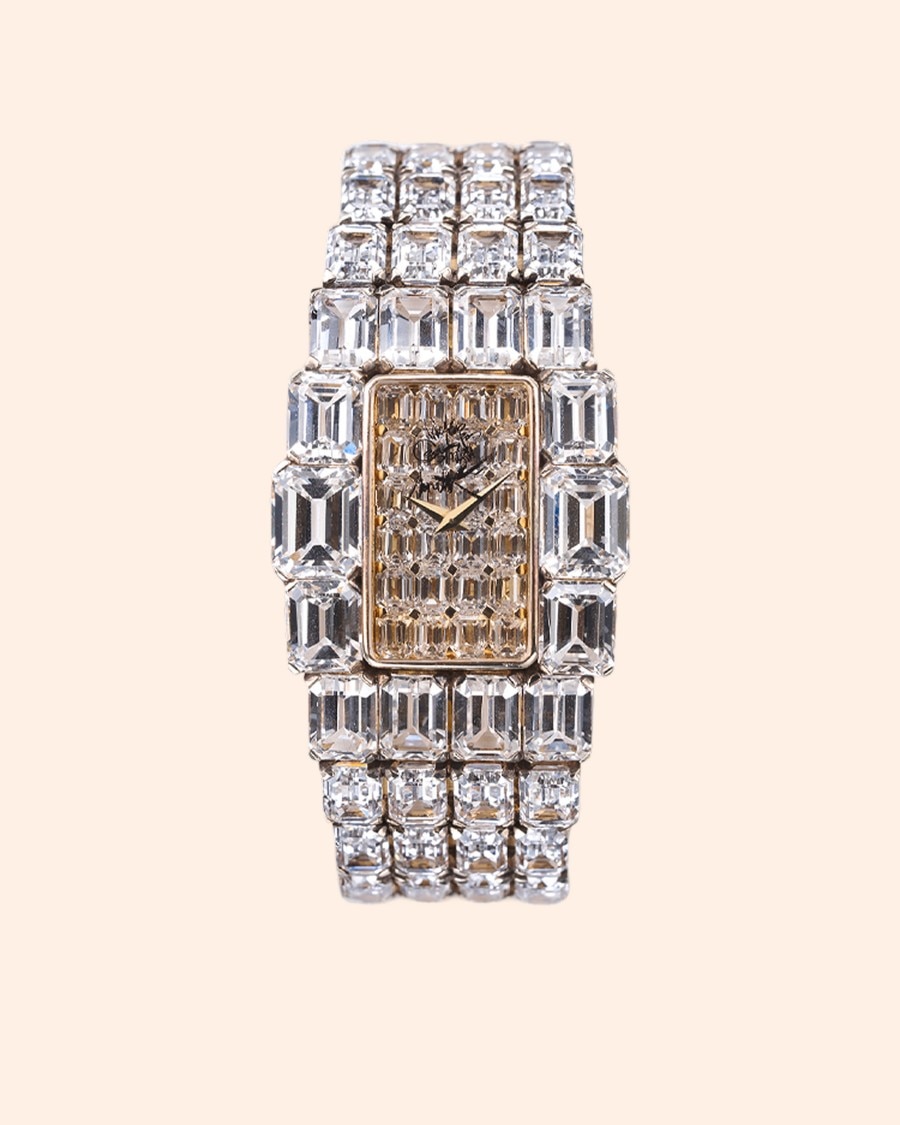
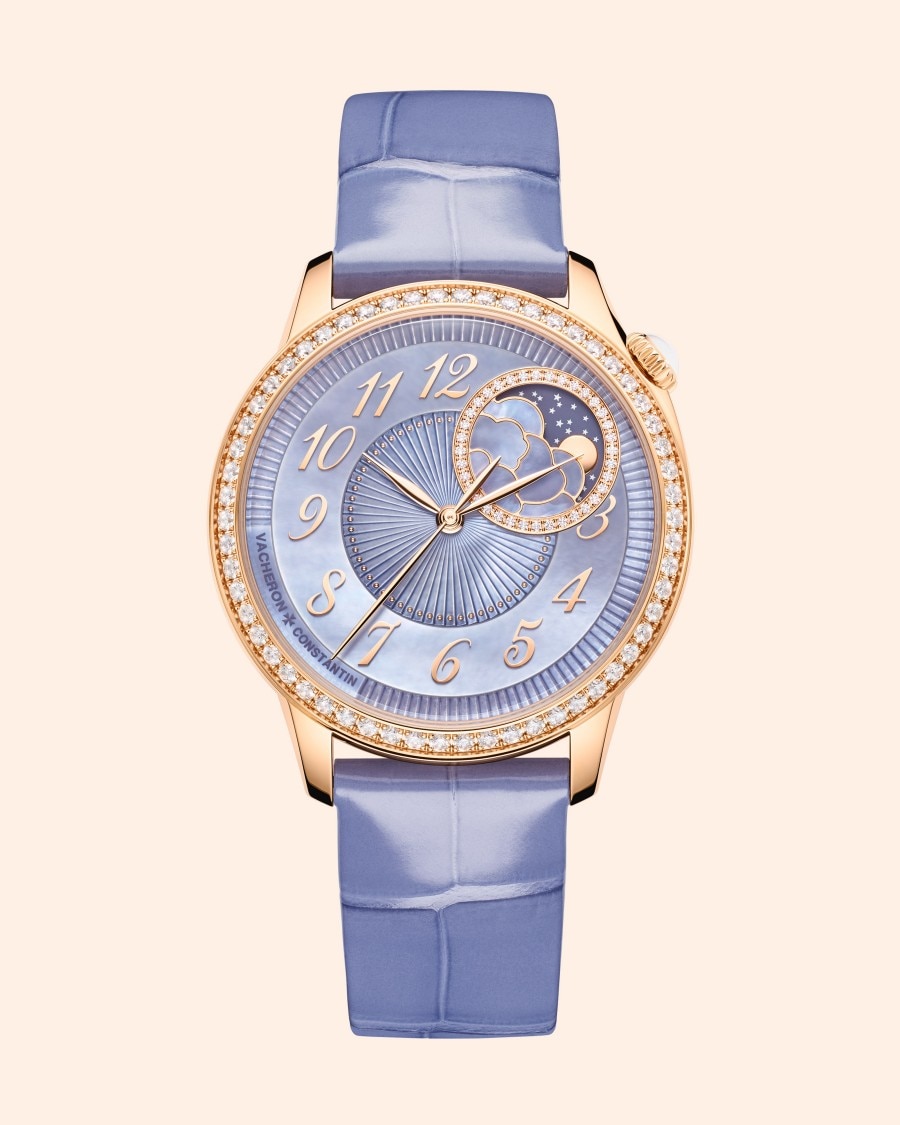
2020 - New Horological Muse
In 2020, Vacheron Constantin launches a new collection dedicated to women, at the intersection of two worlds:
Haute Horlogerie and Haute Couture, interpreted through the prism of craftsmanship, precision, excellence and beauty.
Classic, with a touch of mischief to reflect today's women: inspiring, independent and charismatic.
The collection returned in 2024 with an innovative and creative collaboration between Vacheron Constantin and "One of Not Many" talent, Yiging Yin.
World records



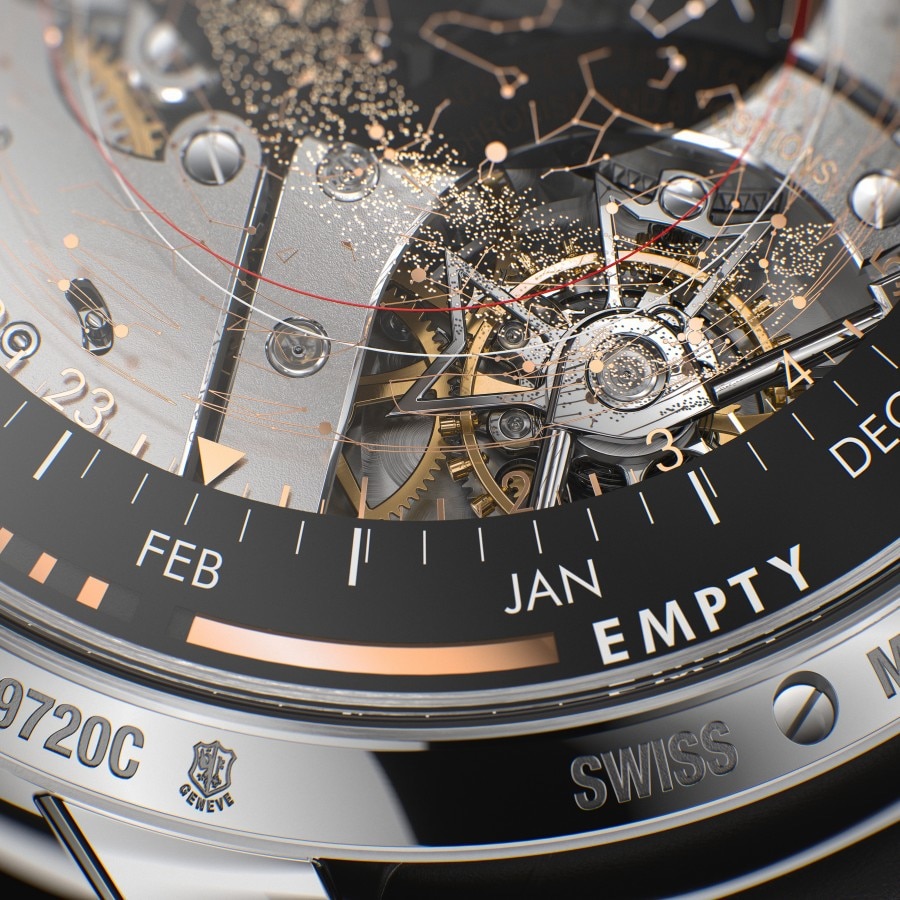
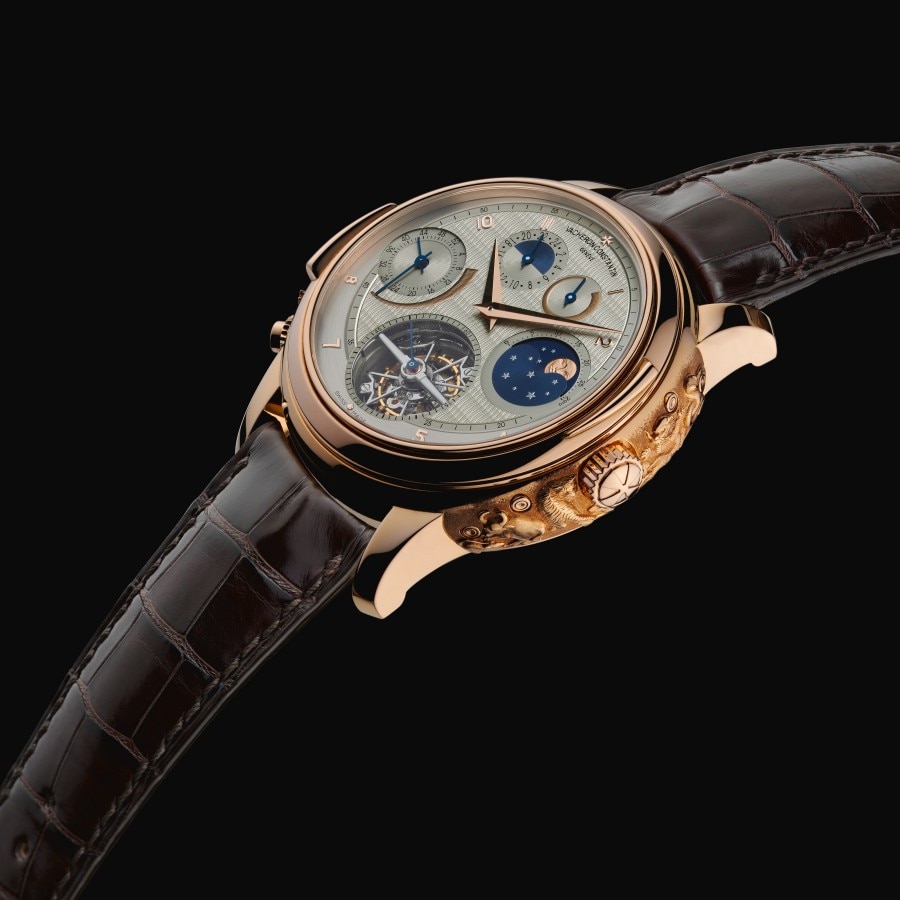

Featuring 41 complications, 5 rare astronomical functions and an innovative Westminster minute-repeater, this unique watch with 1,521 components crowns eight years of research and development, including 13 patent applications filed.
This watch occupies a special place in horology, notably for its five innovative astronomical complications, four of which relate to the course of the Sun across the sky. Thanks to an innovative mechanism, the display shows the position of the Sun in real time, its height, time of culmination and angle of declination – astronomical feats for a mechanical wristwatch.

Vacheron Constantin presents the world's most complicated watch. With 63 horological complications and 2,877 components, it eclipses the earlier record set by the Maison with Reference 57260 in 2015. Distilled from 11 years of development, this world-first timepiece is distinctive for its genuine Chinese perpetual calendar.
Given the particularities of this lunisolar calendar's complex and irregular cycle, the mechanical programming of in-house Calibre 3752 through to 2200 constitutes a feat of horological genius.

When worn, the Traditionnelle Twin Beat Perpetual Calendar beats at a high frequency aligned with modern lifestyles, displaying hours, minutes, date, month, leap - year cycle and power reserve on its dial. However, the Calibre 3160 QP, specifically developed for this model, features two selectable oscillators, beating at 5Hz (active mode) and 1.2Hz (stand-by mode) and endowing the watch with a 65-day power reserve in the same volume as a normal perpetual calendar.

The twin-dial Celestia Astronomical Grand Complication 3600 combines astronomy and the art of watchmaking in a celestial white gold composition. A record-breaking total of 23 complications appear on the front and back dials of the watch, offering three modes for reading the time - civil, solar and sidereal - each driven by its own gear train. An embodiment of technical sophistication, the new fully integrated 514-part calibre measures a mere 8.7 mm deep, while its six barrels guarantee three full weeks of autonomy.

This masterpiece is presented by Vacheron Constantin to mark the Maison's 250th anniversary. Superlative in every respect, with an unprecedented combination of 16 grand complications, the Tour de l'ile is the most complicated two-sided wristwatch ever produced in a series. Only seven were made. It would go on to win the Grand Prix de l'Aiguille d'or at the Grand Prix d'Horlogerie de Genève.
